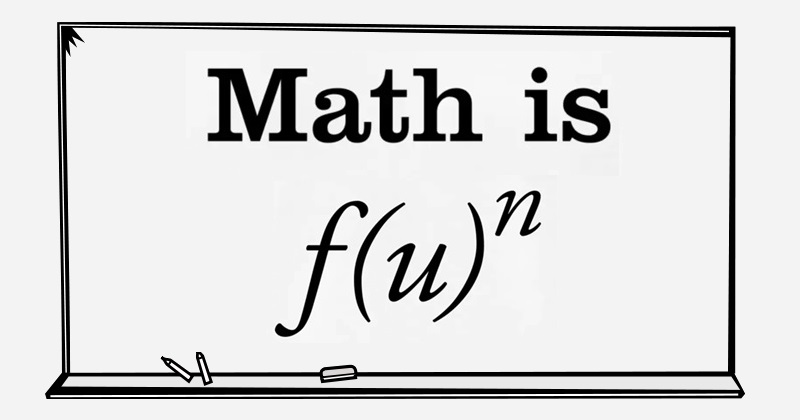
A river crossing puzzle is a type of transport puzzle in which the object is to carry items from one river bank to another.
The difficulty of the puzzle may arise from restrictions on which or how many items can be transported at the same time, or from which or how many items may be safely left together. The setting may vary cosmetically, for example, by replacing the river by a bridge.
GET INSTANT HELP FROM EXPERTS!
- Looking for any kind of help on your academic work (essay, assignment, project)?
- Want us to review, proofread or tidy up your work?
- Want a helping hand so that you can focus on the more important tasks?
Hire us as project guide/assistant. Contact us for more information
Watch: River Crossing : Logic Puzzles
The earliest known river-crossing problems occur in the manuscript Propositiones ad Acuendos Juvenes (English: Problems to sharpen the young), traditionally said to be written by Alcuin. The earliest copies of this manuscript date from the 9th century; it contains three river-crossing problems, including the fox, goose and bag of beans puzzle and the jealous husbands problem.
Well-known river-crossing puzzles include:
- The fox, goose and bag of beans puzzle, in which a farmer must transport a fox, goose and bag of beans from one side of a river to another using a boat which can only hold one item in addition to the farmer, subject to the constraints that the fox cannot be left alone with the goose, and the goose cannot be left alone with the beans.
- The jealous husbands problem, in which three married couples must cross a river using a boat which can hold at most two people, subject to the constraint that no woman can be in the presence of another man unless her husband is also present. This is equivalent to the missionaries and cannibals problem, in which three missionaries and three cannibals must cross the river, with the constraint that at any time when both missionaries and cannibals are standing on either bank, the cannibals on that bank may not outnumber the missionaries.
- The bridge and torch problem.
- Propositio de viro et muliere ponderantibus plaustrum.
In this problem, also occurring in Propositiones ad Acuendos Juvenes, a man and a woman of equal weight, together with two children, each of half their weight, wish to cross a river using a boat which can only carry the weight of one adult.
These problems may be analyzed using graph-theoretic methods, programming.
StudyMumbai.com is an educational resource for students, parents, and teachers, with special focus on Mumbai. Our staff includes educators with several years of experience. Our mission is to simplify learning and to provide free education. Read more about us.

Leave a Reply
You must be logged in to post a comment.